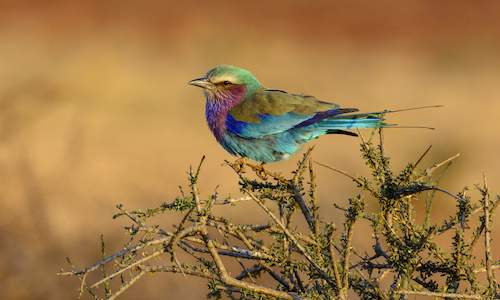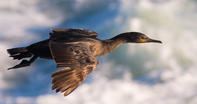
Cape Cormorant
Name
Cape cormorant (Phalacrocorax capensis)
Family
Phalacrocoracidae
Length
61-64 cm
Appearance
The adult is a glossy green-black with an orange-yellow bill-base; and greenish eyes. It has a fairly long neck and lacks a forehead crest.
The immature cormorant is a dusky brown and paler on the belly.
Cape Cormorant Call
They make no sound except a ‘gaaa’ or ‘gheee’ when breeding.
Diet
It mainly eats fish, doing most of its foraging in large flocks 10 - 20 km offshore. It catches prey by diving from the water surface and its jaw is adapted to handle small, fast-moving fish.
Cape Cormorant Breeding
The breeding period is from September to February in South Africa. The Cape cormorant is a monogamous colonial nester, living in large, tightly packed colonies. The nests are made from seaweed and sticks. The female lay 2 – 3 chalky-white eggs.
Habitat
Single birds and flocks prefer coastal waters. They roost on offshore islands.
Cape Cormorant Status
Common or abundant resident.
Where they are found
In South Africa the Cape cormorant is a winter visitor to the KwaZulu-Natal coast. It is an endemic resident along the entire south-western Cape coast and up to 50 km out to sea.

SouthAfrica.co.za provides informative, educational content on many South African bird species that orthologists and bird-watchers would enj...
more
